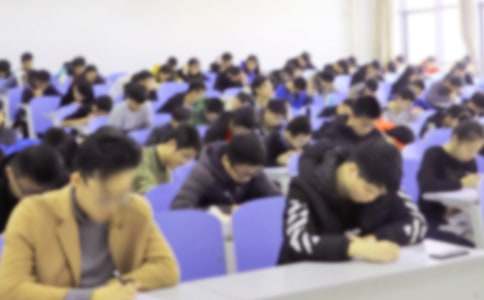- 相關推薦
2014職稱英語考試《理工類》完形填空練習(1)
Germs on Banknotes

People in different countries use different types of 1 yuan in China, pesos in Mexico, pounds in the United Kingdom, dollars in the United States, Australia and New Zealand. They may use 2 currencies, but these countries, and probably all countries, still have one thing in common1: Germs on the banknotes.
Scientists have been studying the germs on money for well over2 100 years. At the turn of the 20th 3 , some researchers began to suspect that germs living on money could spread disease.
Most studies of germy money have looked at the germs on the currency 4 one country. In a new study, Frank Vriesekoop3 and other researchers compared the germ populations found on bills of different 5 .
Vriesekoop3 is a microbiologist at the University of Ballarat in Australia4. He led the study, which compared the germ populations found on money 6 from 10 nations. The scientists studied 1,280 banknotes in total; all came from places where people buy food, like supermarkets street vendors and cafes, 7 those businesses often rely on cash.
Overall, the Australian dollars hosted the fewest live bacteria ---- no more than 10 per square centimeter. Chinese yuan had the most ---- about 100 per square centimeter. Most of the germs on money probably would not cause harm.
What we call “paper” money usually isn't made from paper. The U. S. dollar, for example, is printed on fabric that is mostly 8 .Different countries may use different 9 to print their money. Some of the currencies studied by Vriesekoop and his 10 such as the American dollar were made from cotton. Others were made from polymers.
The three 11 with the lowest numbers of bacteria were all printed on polymers. They included the Australian dollar, the New Zealand dollar and some Mexican pesos.
The other currencies were printed on fabric made 12 of cotton. Fewer germs lived on the polymer notes. This connection suggests that 13 have a harder time staying alive on polymer surfaces. Scientists need to do more studies to understand how germs live on money-----and whether or not we need to be concerned. Vnesekoop is now starting a study that will 14 the amounts of time bacteria can stay alive on different types of bills.
Whatever Vriesekoop finds, the fact remains: Paper money harbors germs We should wash our 15 after touching it; after all5, you never know where your money 's been. Or what's living on it
練習:
1. A coins B money C cheques D loans
2. A different B clean C hard D foreign
3. A anniversary B year C decade D century
4. A along B with C within D outside
5. A countries B areas C regions D provinces
6. A delivered B borrowed C gathered D designed
7. A because B though C when D where
8. A plastic B rubber C cotton D paper
9. A languages B colors C substances D materials
10. A family B team C advisor D boss
11. A expenses B banks C statements D currencies
12. A nearly B mostly C likely D merely
13. A dirt B water C germs D oil
14. A compare B connect C conduct D command
15. A arms B hands C face D clothes
【職稱英語考試《理工類》完形填空練習1】相關文章:
職稱英語考試理工類完形填空習題11-20
2017職稱英語考試理工類完形填空試題10-01
職稱英語考試理工完形填空練習201708-18